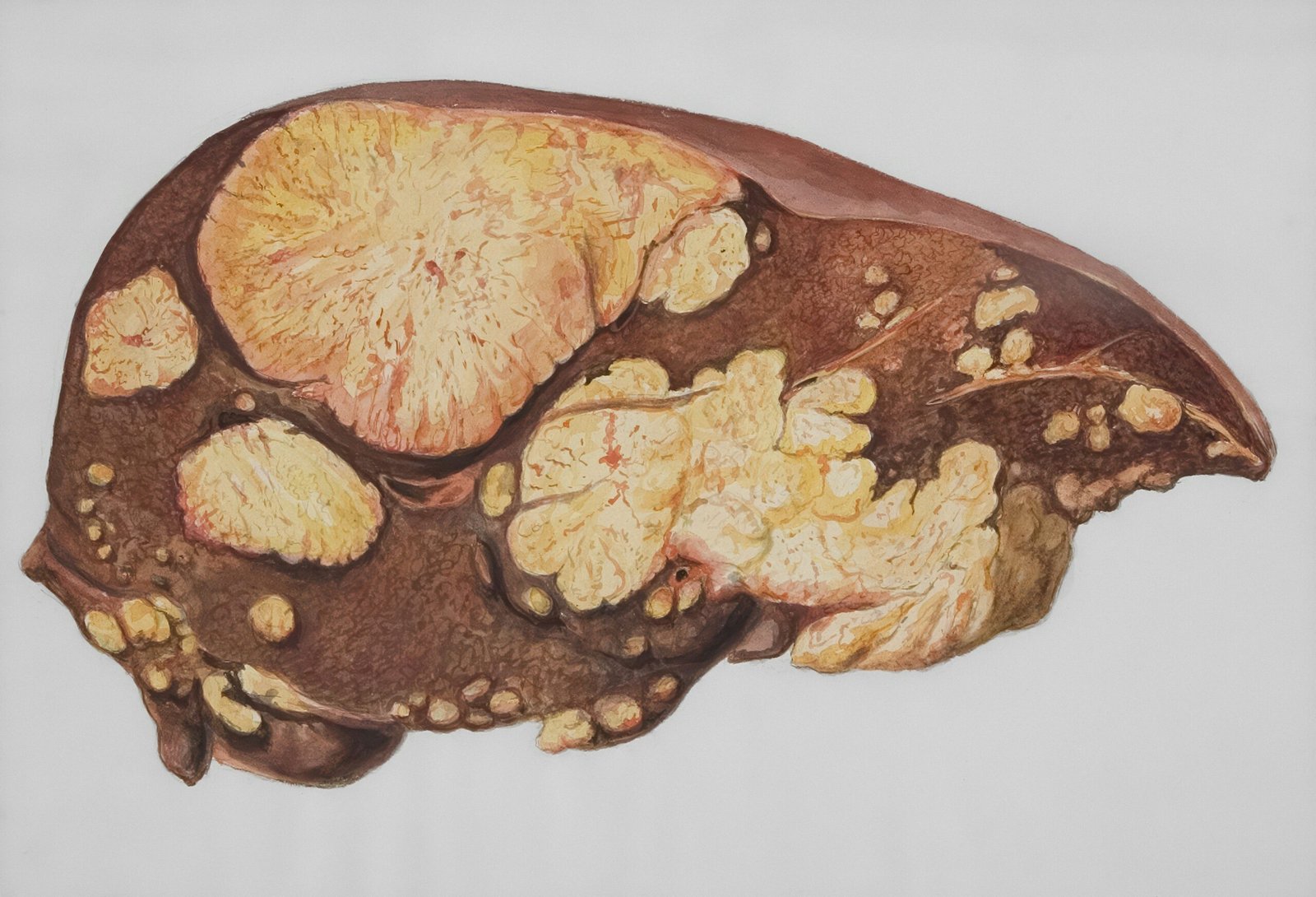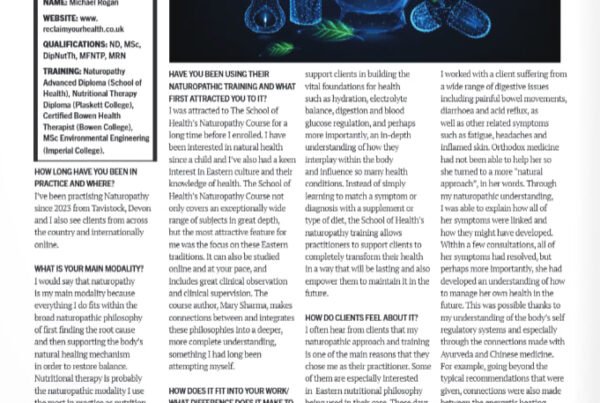What is NAFLD?
Non-Alcoholic Fatty Liver Disease (NAFLD), now renamed as Metabolic Dysfunction-Associated Steatotic Liver Disease (MDASLD), is a metabolic disorder which is becoming more and more common with our modern diet and lifestyle. Non-Alcoholic Fatty Liver occurs when, per the name, fat deposits builds up in the liver due to causes other than alcohol intake. In its initial stages, it is hard to detect and simply results in a slight impairment of liver function, but if no action is taken and the disease progresses, further inflammation develops, leading to scar tissue in the liver (fibrosis) and eventually cirrhosis. The new name of MDASLD, while harder to pronounce, is quite apt as there is a significant link between a fatty liver and various metabolic disorders, especially obesity, diabetes and insulin resistance. Over time, fatty liver can make diabetes worse, while diabetes itself can damage the liver, resulting in a vicious cycle of liver damage.
If you would like personalised guidance and support to deal with a fatty liver diagnosis or other liver issue, consider consulting with me. Click here to learn more.
What are the causes of NAFLD?
While the liver can be damaged by medications (especially amiodarone, antiviral drugs, corticosteroids, diltiazem, methotrexate, nifedipine, tamoxifen and tetracycline), these are not the most common causes of a fatty liver.
Fructose and NAFLD
There is a major link between fructose intake and the development of fatty liver. Fructose is a carbohydrate molecule that is never found alone in nature! It is usually found combined with one molecule of glucose to make up sucrose, or common sugar. Isolated fructose has been promoted as a way to sweeten products without affecting diabetes as it does not trigger the release of insulin (due to the lack of glucose). Unlike glucose, which can be metabolised in every cell of the body, fructose is only metabolised in the liver in a similar way to ethanol (alcohol). If there is any impaired liver function or if the rate of fructose entering the liver is too great, it will quite quickly lead to the accumulation of fat in the liver.
Furthermore, due to an effect of fructose on an enzyme in the liver, fructose intake leads to the liver becoming resistant to insulin. This has a cascade of other effects such as interfering with the hormones that indicate fullness (leptin), encouraging the person to eat more, the development of obesity and worsening diabetes.
What else can be a factor?
From a naturopathic perspective, fatty liver is often referred to as liver stagnation. This is also the term used in Chinese medicine. Fatty liver indicates that the body is having an issue with breaking down and processing fats. Hardly a surprise from the name. Sometimes fructose is not the issue and it is in fact fat handling that is lacking (often it is both). Naturopathically speaking, we would be looking at the overall conditions in the body that has led to development of this condition. These would include poor hydration (more than just drinking water!) and a lowered body temperature, both encouraging an environment of slowness and sluggishness in the body. This could reduce the flow of bile which the liver uses to break down fats and also the natural cleansing of the liver. There are also connections with stress, hormonal imbalances, not just insulin but also estrogen and related mineral imbalances which might include copper and zinc.
How can a fatty liver be prevented or supported?
First of all, any dietary causes should be addressed, such as minimising fructose and increasing fibre, which slows down the absorption of sugars and thus gives the liver more time to process them. Some specific foods can be extra supportive of liver function and bile flow, such as beetroot, lemons and dandelion. A form of regular exercise is also important. As touched upon above, a full naturopathic approach would be most effective, where we would also address hydration, fat handling, and possibly even liver cleanses and flushes.
Is the ketogenic diet effective for NAFLD?
Many people are talking about the ketogenic diet for fatty liver disease and a lot of people have had good results from using this approach. The keto diet will produce results initially due to the removal of carbohydrates from the diet which stops the triggering of insulin release and therefore improves insulin resistance in cells, including the liver. Of course, a keto diet would also exclude fructose, the main culprit in this condition. However, in many cases, those with a fatty liver have difficulty handling fats, which are often increased on a ketogenic diet. Therefore, while an initial improvement in symptoms is often achieved, it may not be an optimal long-term strategy for addressing a fatty liver. Indeed, many studies show that long-term, there are several concerns around following a ketogenic diet.
Summary
This article has hopefully given you an insight into NAFLD, it’s causes and how to deal with it. I would always recommend a personalised approach to supporting health conditions as this will lead to the best results both in the long and short term.
If you would like personalised guidance and support to deal with a fatty liver diagnosis or other liver issue, consider consulting with me. Click here to learn more.
References
Fat Chance: The Hidden Truth About Sugar, Obesity and Disease, 2014, Lustig, Harper Collins.
Naturopathy Lectures, 2025, Mary Sharma, School of Health
The Encyclopedia of Natural Medicine, 2012, Murray, Pizzorno, Atria.





